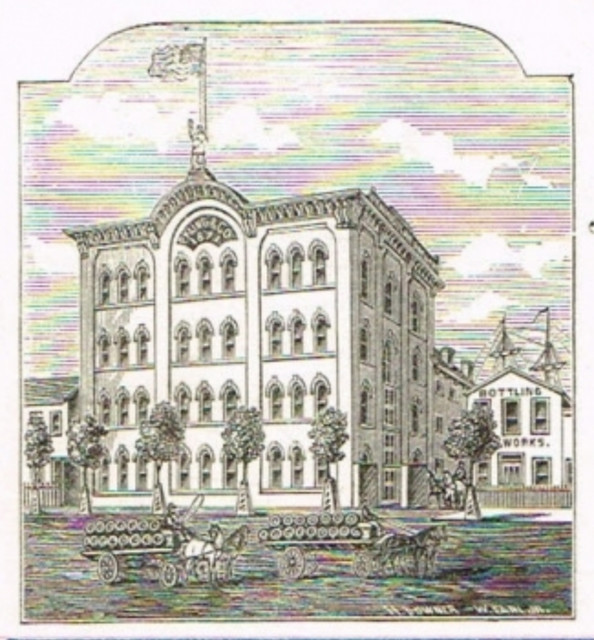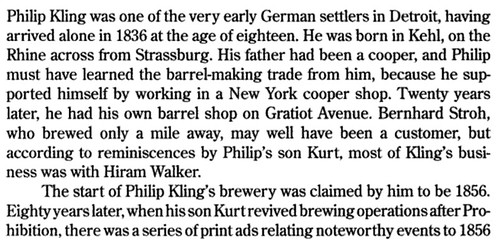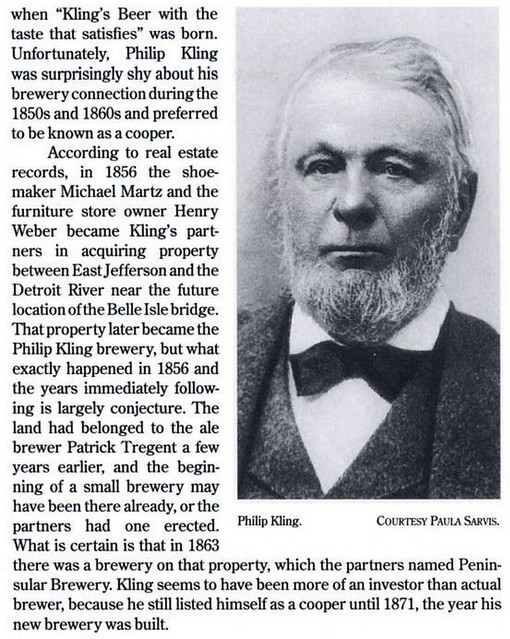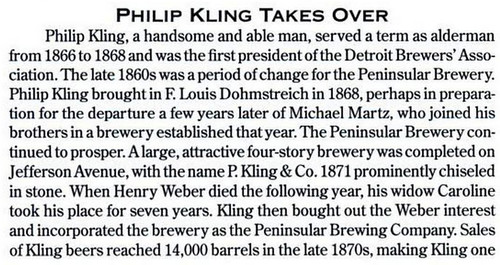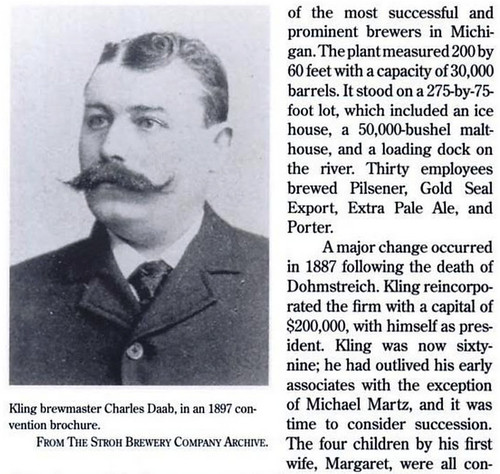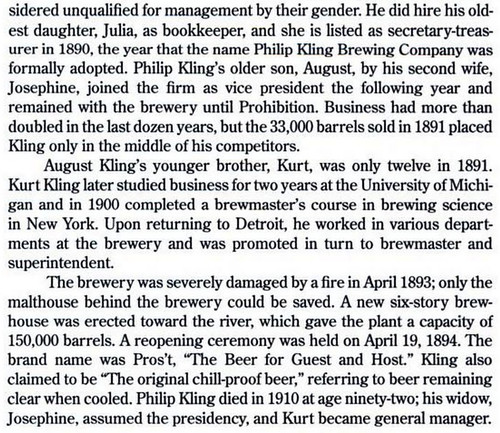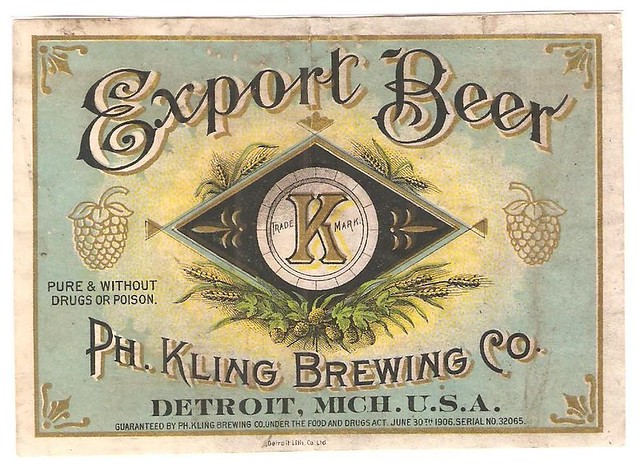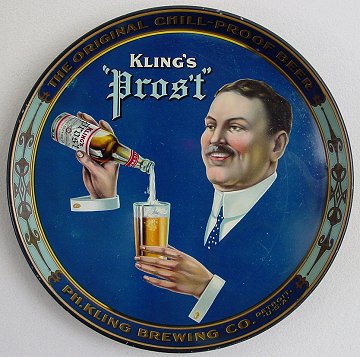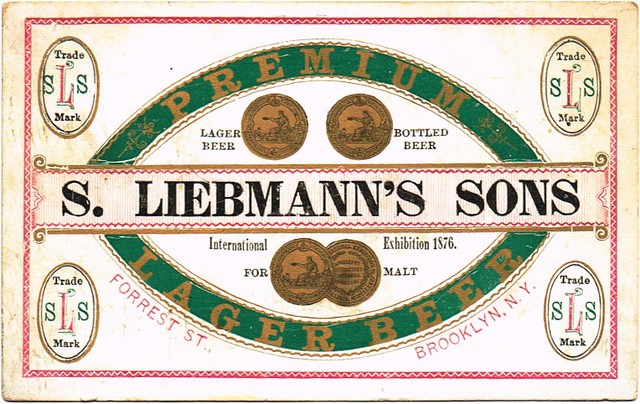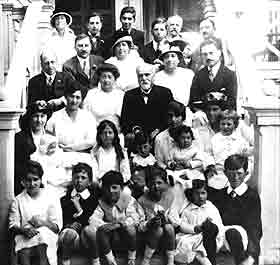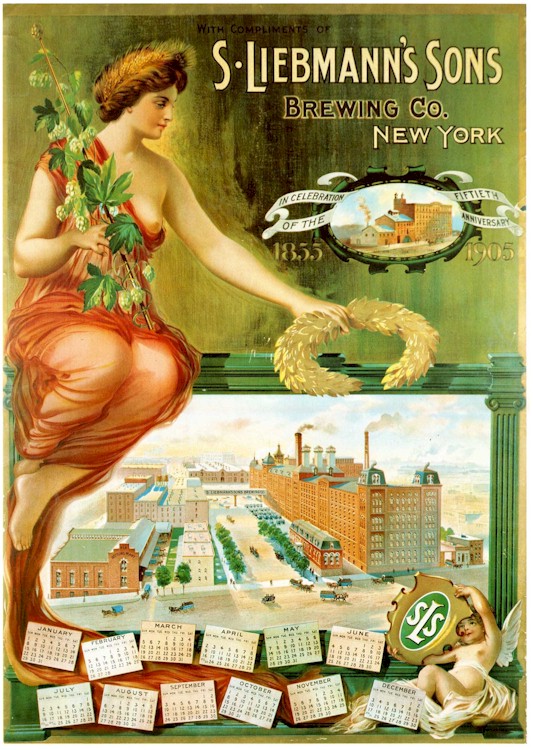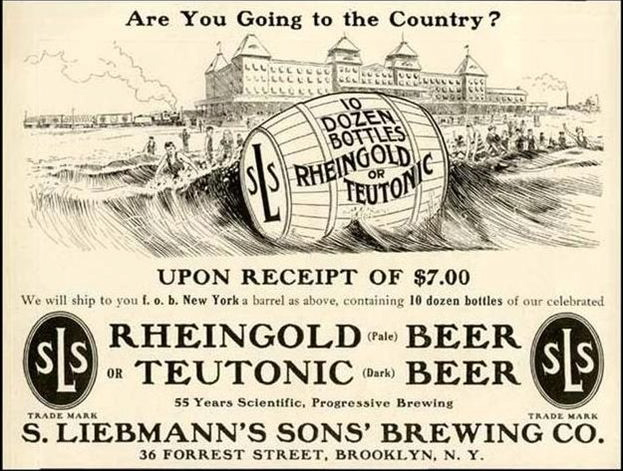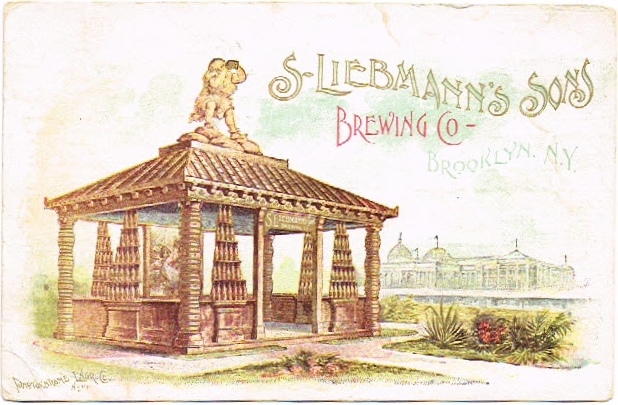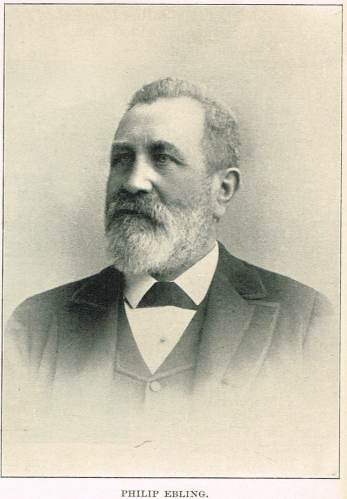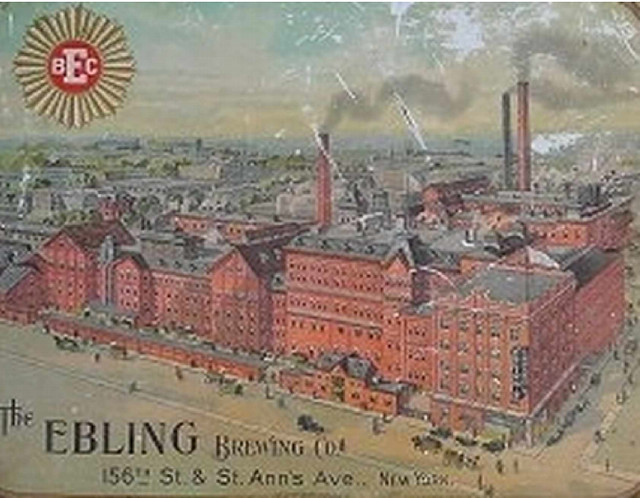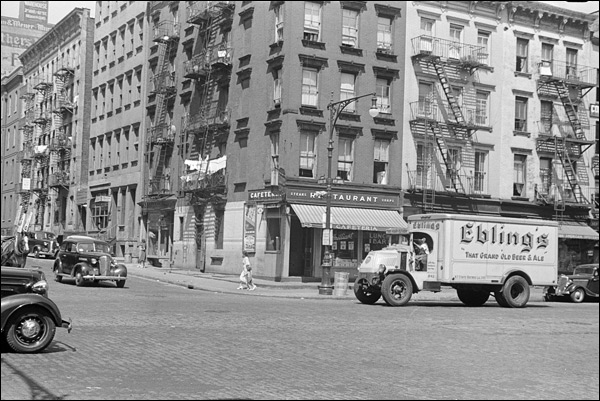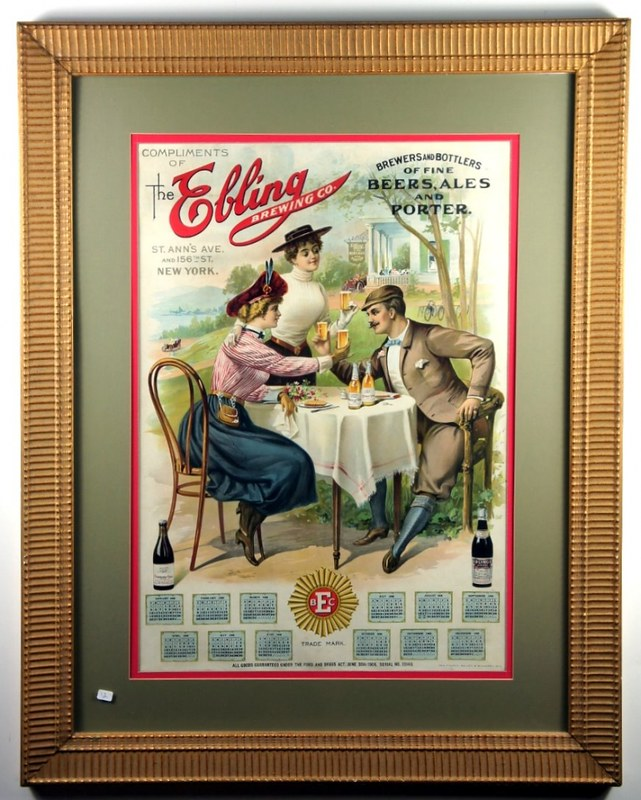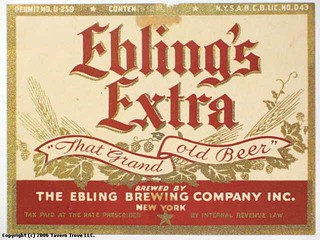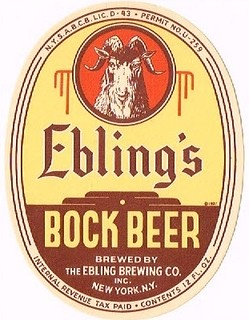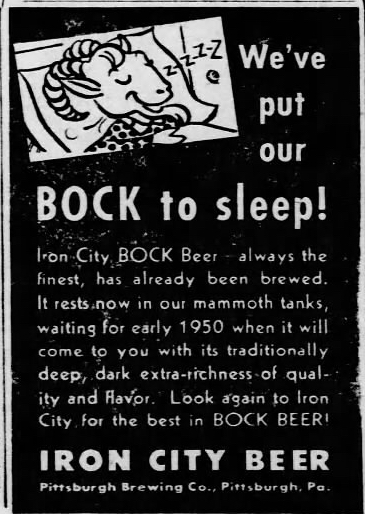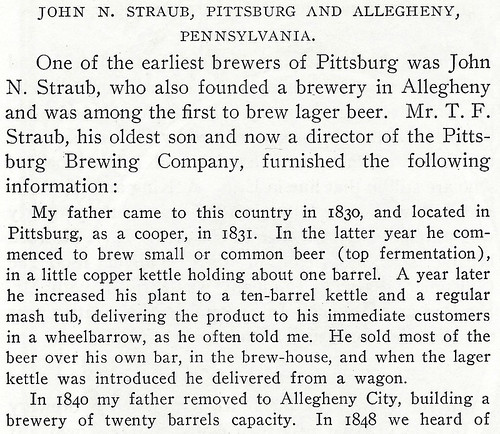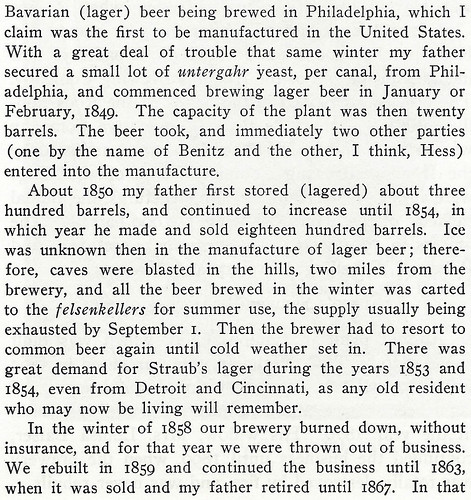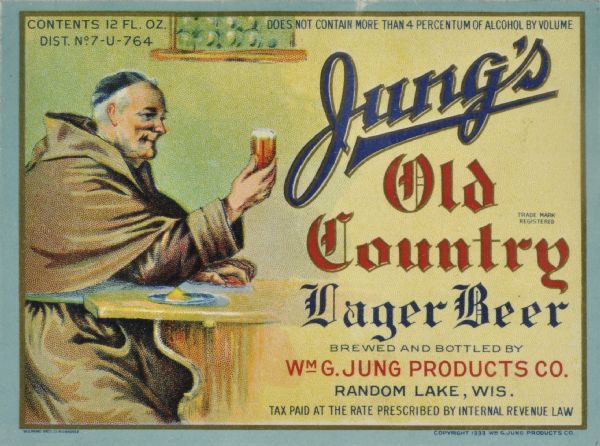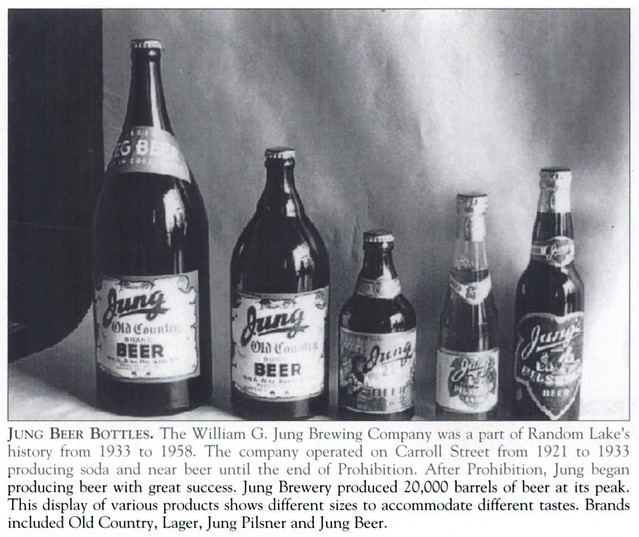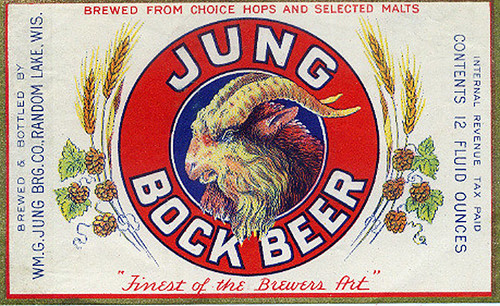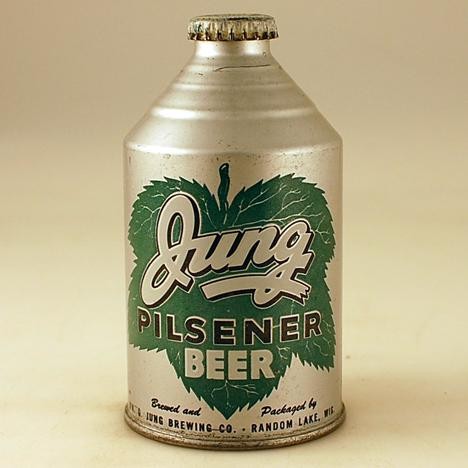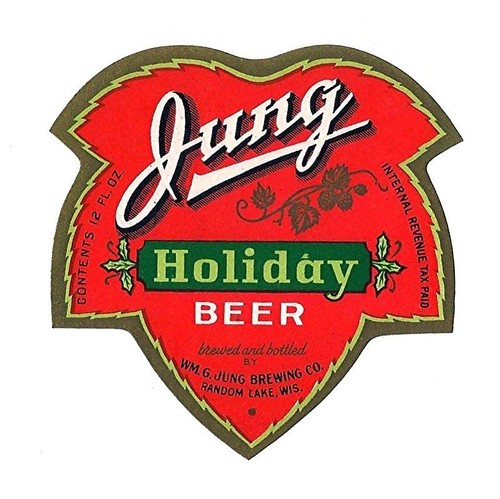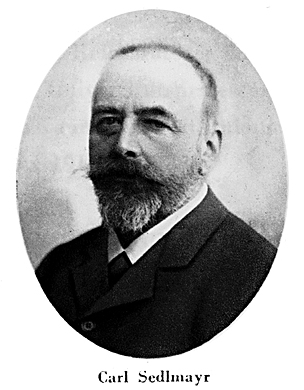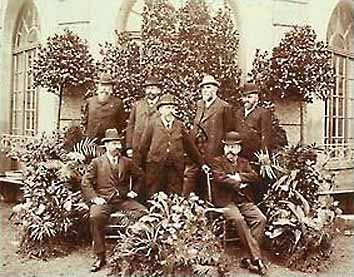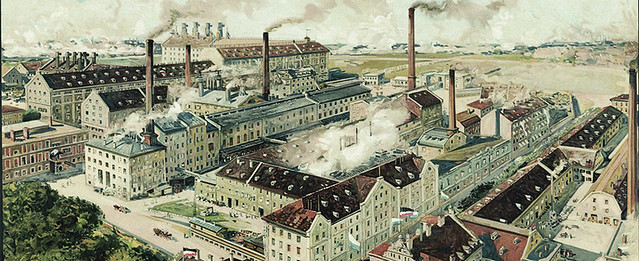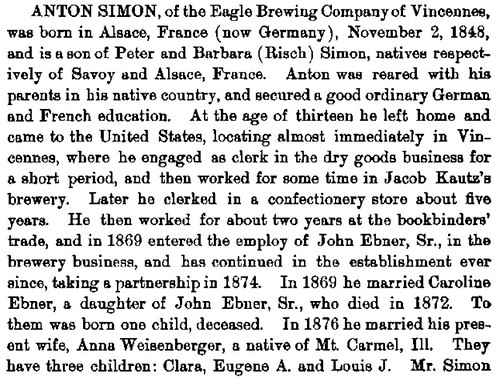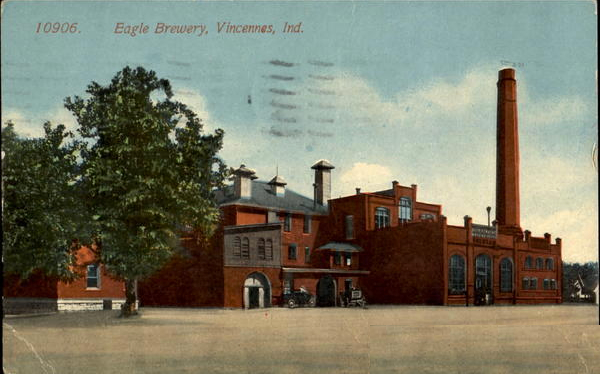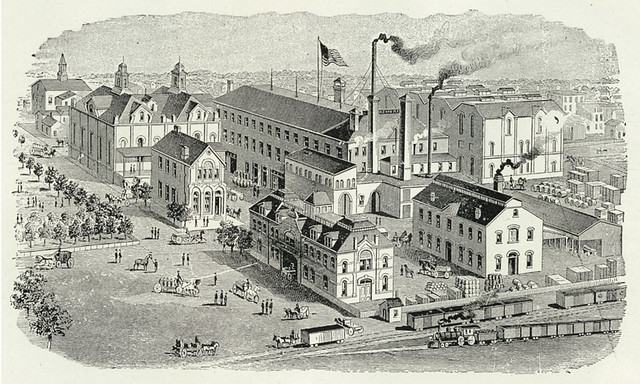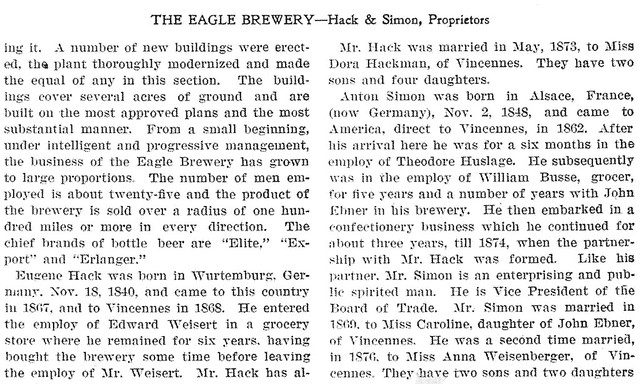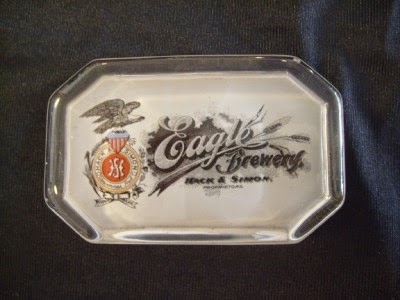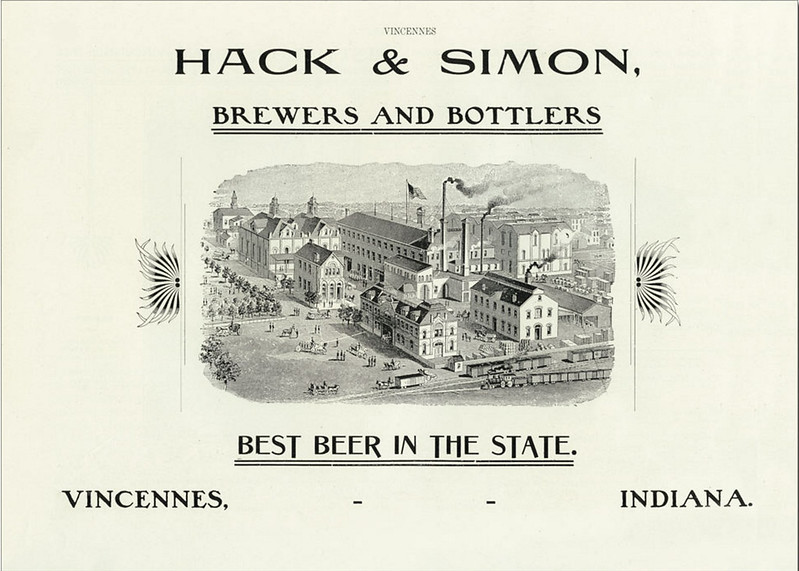
Today is the birthday of Philip Kling (November 14, 1818-March 15, 1910). He was born in Baden-Württemberg, Germany and was trained as a cooper. He came to the U.S. when he was 17, in 1836. Kling later founded the Peninsular Brewery with two partners in 1856 (at least according to “100 Years of Brewing” and at least one other source. Some sources claim it was not until 1863, but I think the date from the 1903 book is more likely correct.) Eventually, his partners either died or retired, and in 1871 he built a new brewery, which was called the Philip Kling & Co. Brewery (and later was known as Ph. Kling Brewing Co. It closed for good due to Prohibition in 1919, although in 1935 his sons bought another brewery, the Dailey Brewing Co., in Flint, Michigan, and operated it until 1947 when they must have sold it, because in that year it became the Pfeiffer Brewing Co., before closing for good in 1958.
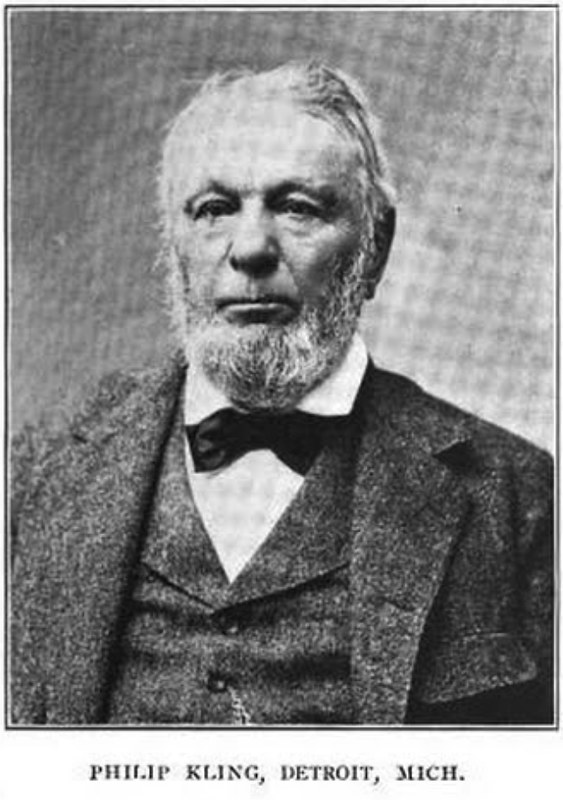
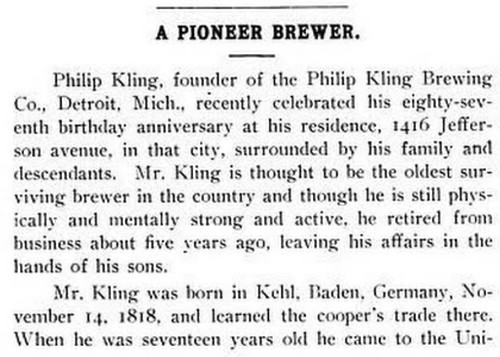
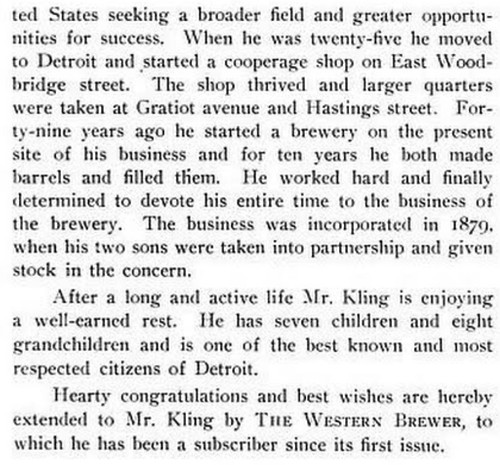
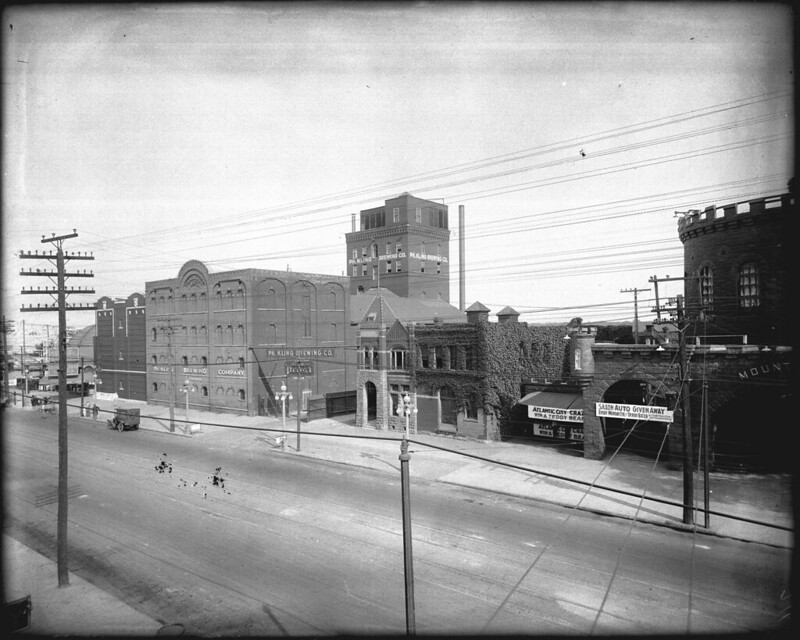
This account of Kling and his brewery is from Michigan State University Archeology Department.
Brewing began in the city of Detroit around 1830, where the industry was run by mostly British entrepreneurs making ale. Beginning around 1848, a large influx of Germans into the area brought with it a new era of brewing in the Detroit—one dominated by German lager brewers. Among these German brewers was Philip Kling, a cooper, who along with Michael Martz and Henry Weber, invested in the Peninsular Brewing Company in 1856, which was located on Jefferson Avenue, near the future site of the Belle Isle bridge. Kling gradually took greater control of the company, which was renamed Philip Kling and Company in 1868. Kling became the first president of the Detroit Brewer’s Association and by the end of the 1870s, PH Kling was one of the city’s most successful and prominent breweries. Their offerings included Pilsener, Gold Seal Export, Extra Pale Ale, and Porter.
After reverting to the name Peninsular Brewing from 1879 to 1890, the name Philip Kling Brewing Company was formally adopted. This year also marked the beginning of the great brewing dynasties, which in Detroit included the Strohs, Klings, Martzes, and Darmstaetters. However, Kling was but a middling competitor amongst the giants. The brewery was severely damaged in a fire in 1893, and a new 6-story brewhouse with increased barrel storage was constructed. After Philip’s death in 1910, his son Kurt took over operations, but business was interrupted by Prohibition in Michigan, which began in 1917. Like other breweries, the company replaced the word “brewing” in their corporate name, becoming Kling Products Company. In the attempt to keep the company running and generate income, Kurt Kling built Luna Park next to the brewery, and amusement park that included a roller coaster. However, the company was forced to close in 1921 and the building was torn down.
Following the end of Prohibition in 1933, Kling purchased Daily Brewery in Flint and resumed brewing by 1936. However, former bootleggers in Detroit still controlled distribution in Detroit, and Kling found it difficult to make his way back into the Detroit market. While the other major breweries were quick to make post-Prohibition recoveries, Kling’s Flint venture floundered and was out of business by 1942.
